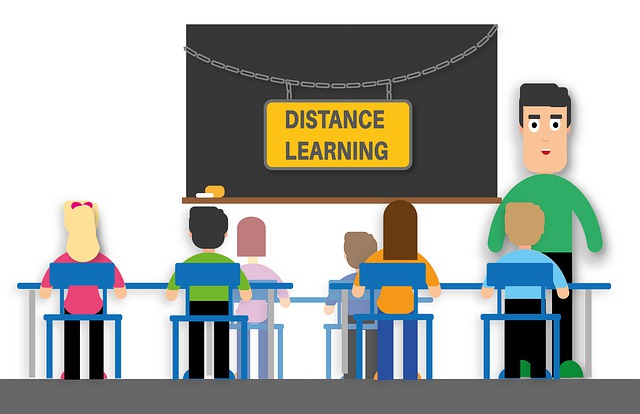With schools and colleges around the globe forced to suddenly close their doors due to the coronavirus pandemic in 2020, online education saw a huge boom as remote learning became the new normal. Almost 1.6 billion children and students were forced out of the physical classroom and institutions struggled to adapt to the requirements of a stay-at-home world. Meanwhile, existing online education providers saw a massive increase in applicants, with working adults looking to learn new skills in a changing job market.
A watershed moment
Now, with the pandemic receding, schools and universities are opening their doors once again. However, many believe that this has been a watershed moment, with the transition to online learning and educational technology (ed-tech) long overdue. Existing online courses, traditionally seen as alternative or parallel pathways for adult learners, have been massively validated as their methods have been adopted at all levels of education.
Key workers of tomorrow
During the pandemic, people of all ages have recognized the value of key workers and have been inspired by their example. This has led to a huge increase in take-up for online courses such as nursing or those relating to police work. The course offerings Wilkes University has available online give some idea of the wide range of nursing qualifications that can be studied remotely.
Vocational training
The pandemic had a huge impact on the economy and working-age people are being encouraged to retrain or upskill at all levels. Online courses are particularly suited to vocational training, as they can be fitted in around existing work commitments. For college students, STEM-based subjects are set to have an enrollment boom.
Rethink testing methods
Online teaching has many advantages over traditional face-to-face methods. One is the opportunity to rethink exams and final testing methods, relying less on rote learning and memory and more on the kinds of skills that will actually be useful in the workplace. Open-book online exams, tutor assessments, and coursework are not only more realistic ways to assess a student’s achievements and understanding, but they also reduce exam stress and make for a fairer testing method.
A global reach
Although there are concerns about global connectivity and access to technology, online education potentially reaches students anywhere in the world, removing the need for lengthy and costly travel to a physically located institution. Experts can also easily join virtual classrooms or record presentations.
Multiple methods
Working online, students can study at their own pace, going back over difficult points if needed. The method is certainly more convenient, and students can choose how and when they engage, leading to less anxiety. Apps, virtual tutoring, chat rooms, video conferencing, and online software all mean that there are more opportunities for those students who may withdraw in a classroom situation to receive the teaching and resources they require.
The future will likely see the wide adoption of a hybrid model, utilizing the benefits of both online and in-person education. More integration of information technology will see online learning becoming an integral part of even school-level education. Meanwhile, existing adult online learning providers should go from strength to strength.

